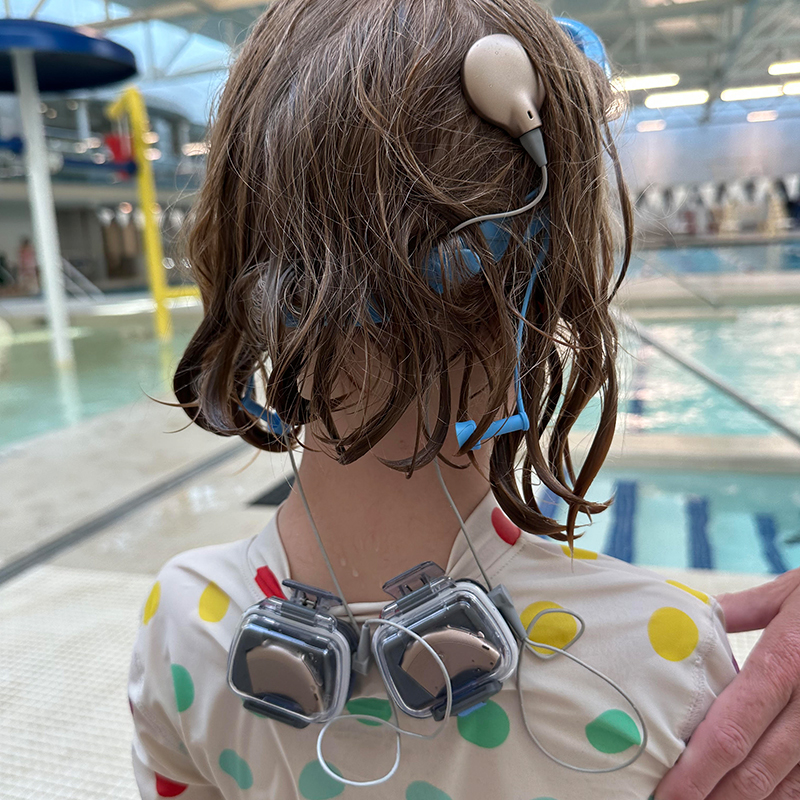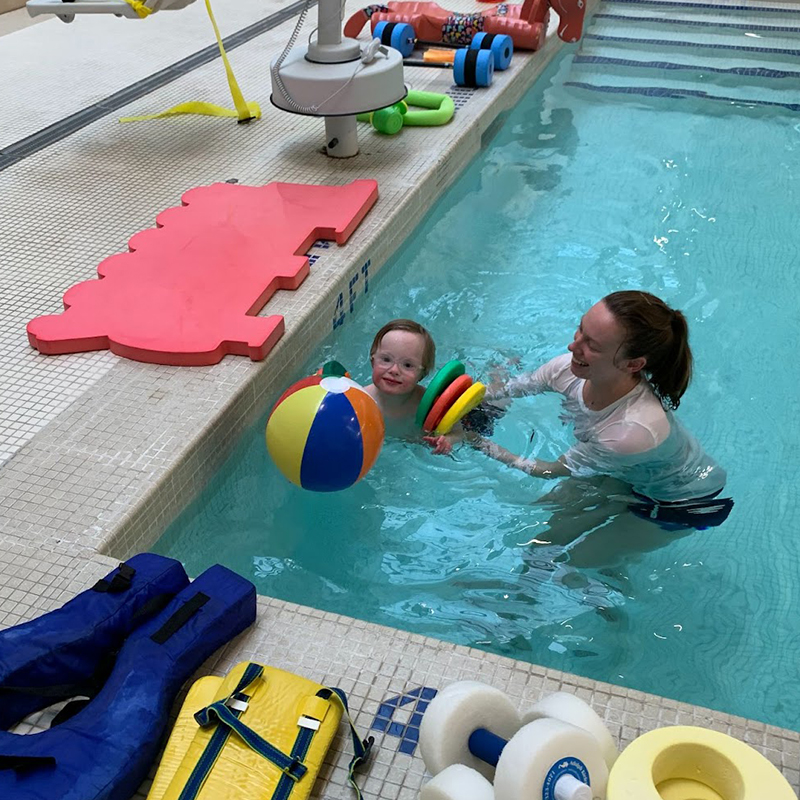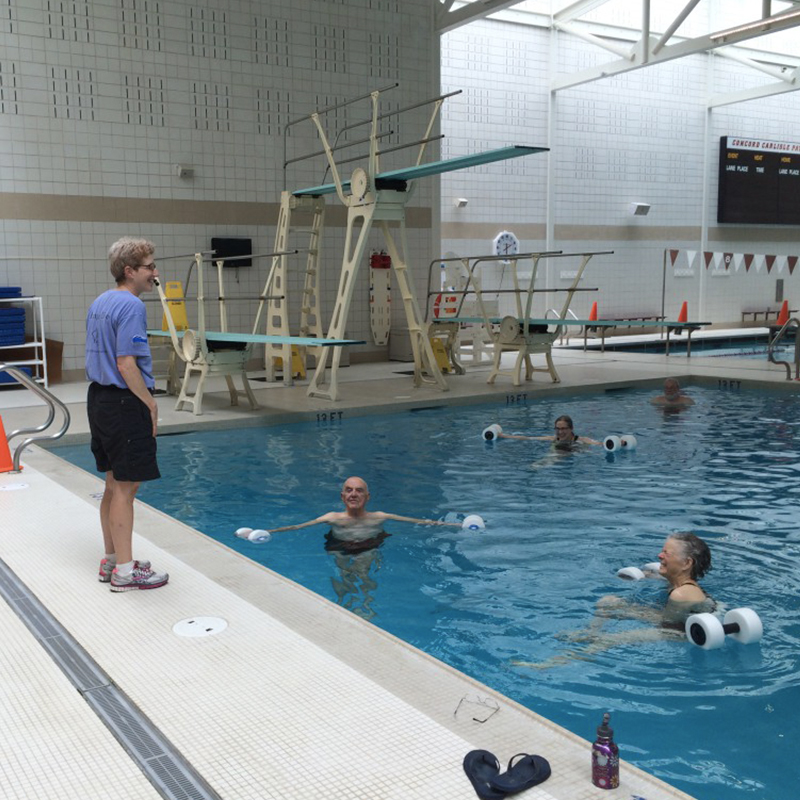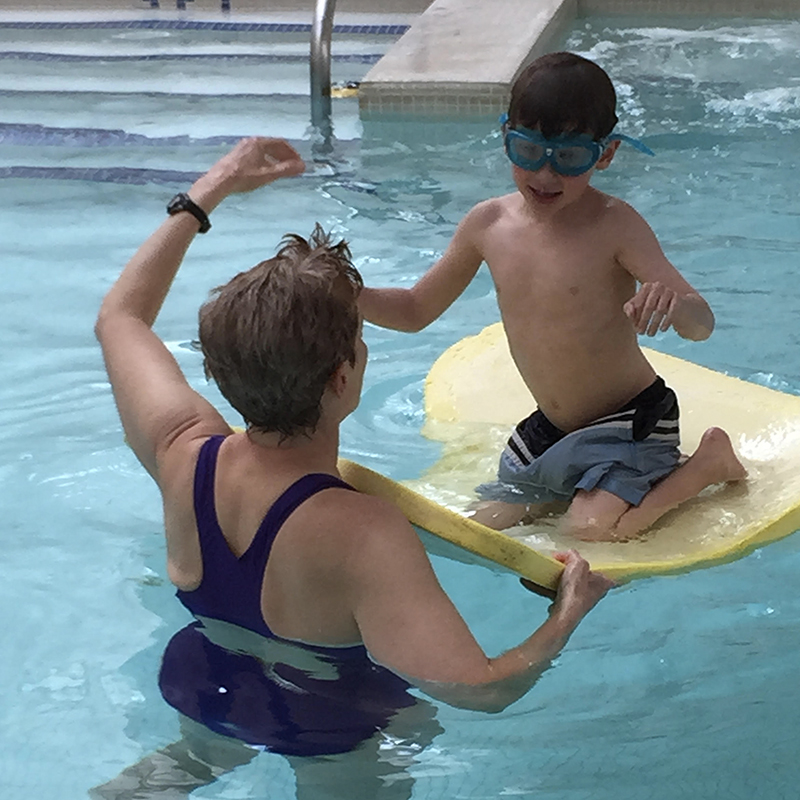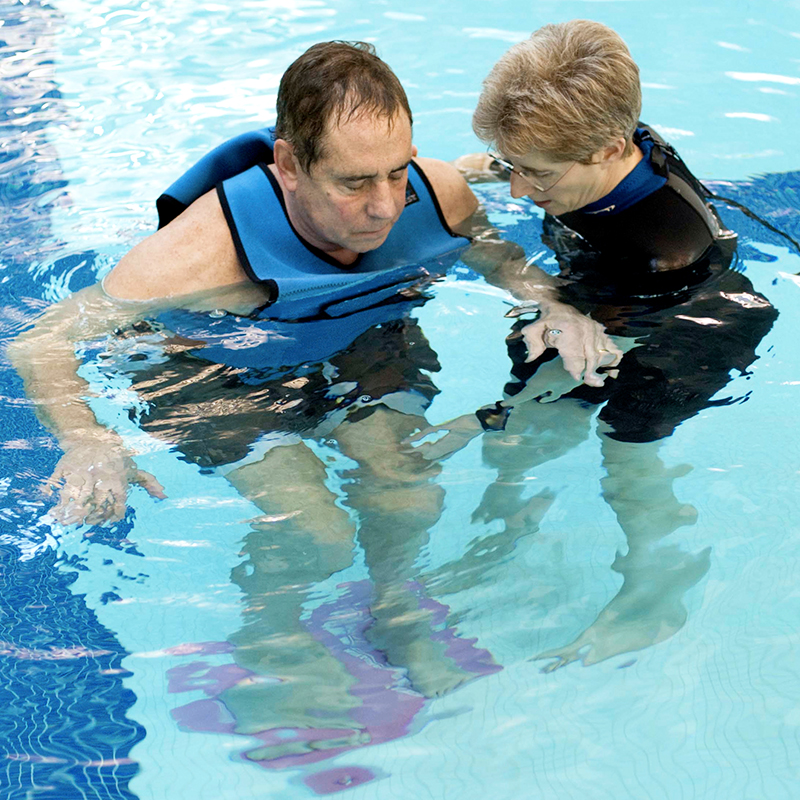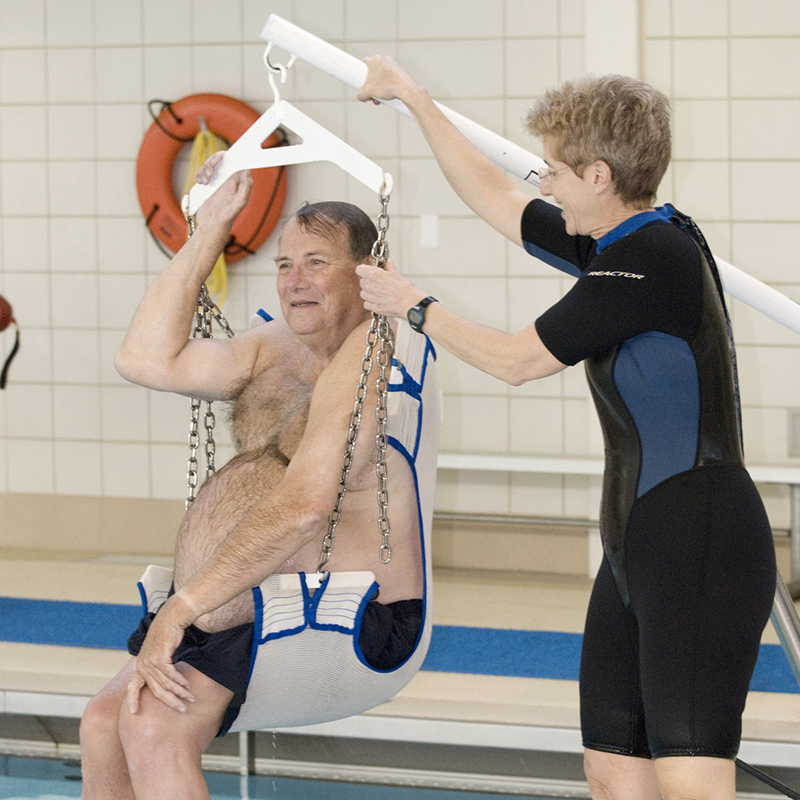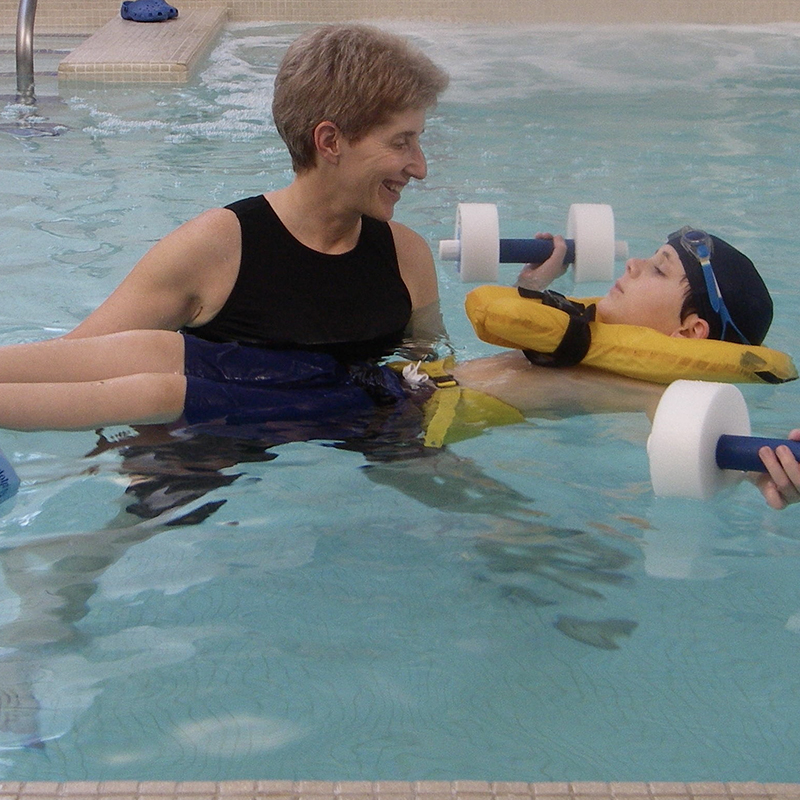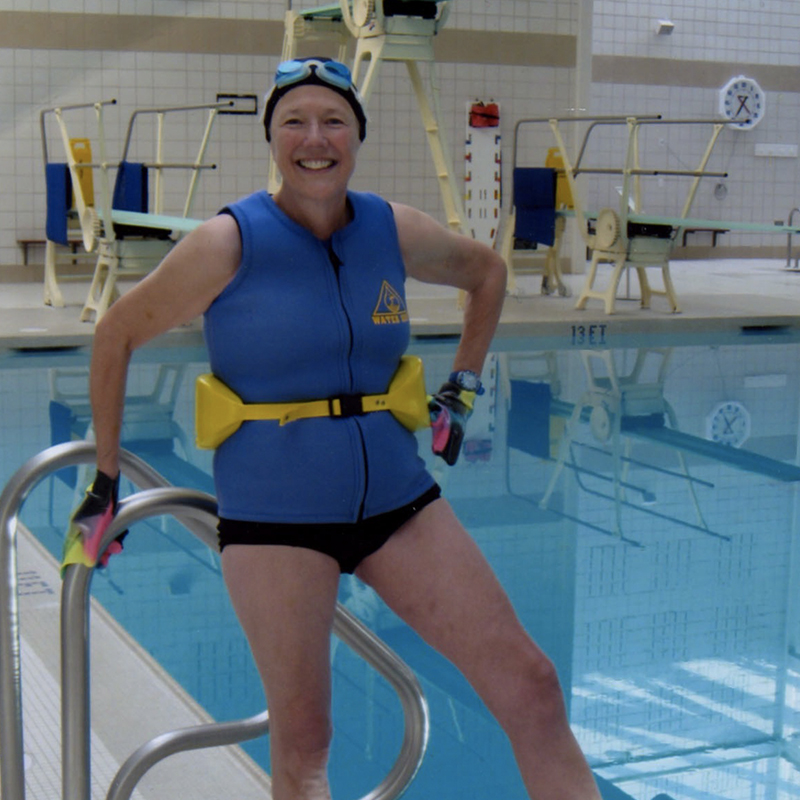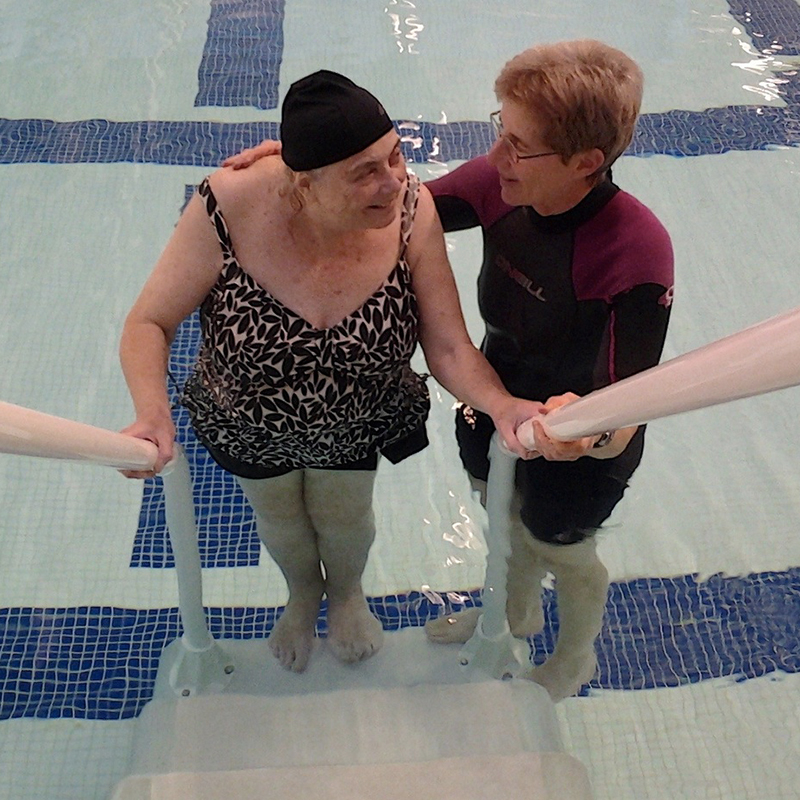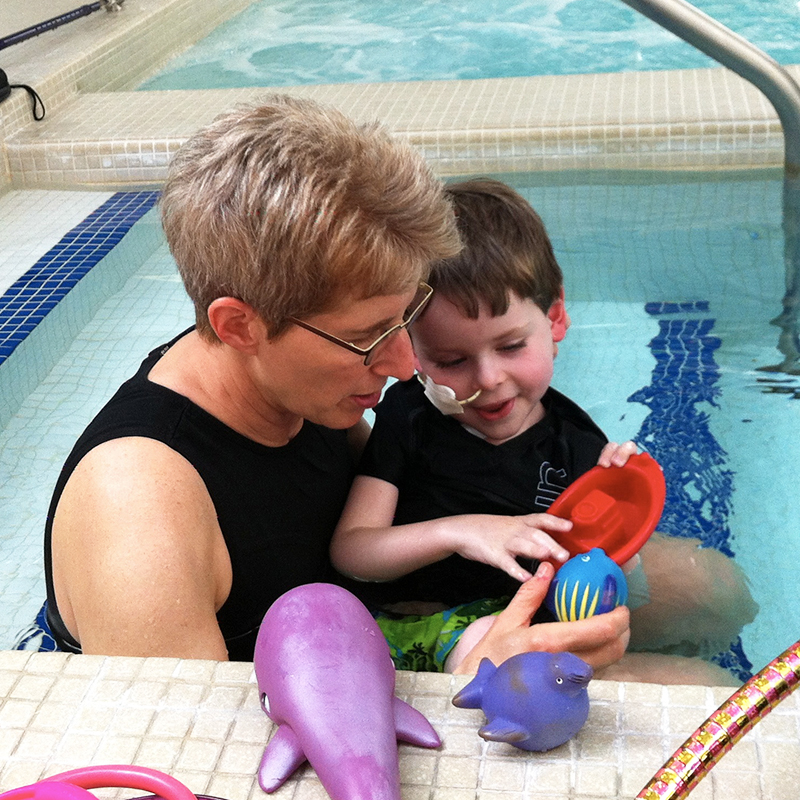Diamond Physical Therapy Services
We are dedicated to providing unparalleled personal care to our clients.
“Aqua therapy has been a total success for our daughter. Laura is outstanding in not only her ability to maximize the benefits of aqua therapy, but in the ability to make the children feel as if it is fun, not work! In all of the therapies Kendall has received, by far, aqua therapy is one of the most beneficial for her body and mind! I would recommend Laura to all moms who are looking for the ultimate experience for their children with disabilities!”
“Laura is amazing! Laura’s innovative, knowledgeable and personal approach are unique and comprehensive.”
“Rehabilitation is the cornerstone of musculoskeletal care. A key component to successfully treating patients is to have community-based healthcare providers that provide excellent and comprehensive rehabilitation services, such as Diamond Physical Therapy Associates. Laura has been an invited lecturer in our institution and receives high marks for her passion and knowledge about aquatic and land-based therapy.”
“Laura Diamond is an excellent physical therapist in the Boston area. Laura is detail-oriented, dedicated, experienced, knowledgeable, smart, and has a sense of humor. She focuses on your problem, and seems to care only about getting you better. I’ve seen a lot of people in the medical profession over the past fifteen years, and most of them have not impressed me. Laura is an exception.”


